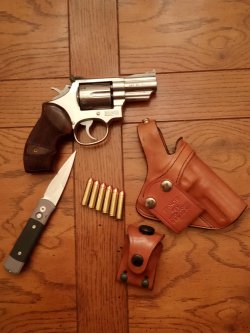No, the bullet would not do the same thing to a medium sized living target. Deer, pig, human, or any other similar sized animal. The closer the target, the more likely you might get similar results.
The biggest difference, once you go less than 3", is the ammunition you should use. Under 3" you lose enough velocity, for most commercial rounds, to lose reliable expansion of HP ammunition. If they do expand, or start to expand, they may not penetrate enough to hit vitals. For short barreled guns penetration matters more than expansion.
The concept is similar to the choosing of handgun ammunition to use to defend against, or hunt, larger animals like moose and big bears. You go with the non-expanding heavy rounds to guarantee penetration (as best as a handgun can). Expansion becomes an issue because it slows the bullet down and you may not penetrate to the vitals. So, you have to know when to value one trait over the other.
With handguns there will always be a tradeoff. You need to make your setup work with your gear for your purpose. I use one round to hunt with and for SD in my 3+" 357 revolvers, and a non-expanding round for my 2.25" SP101.
Even with the 3" guns, I know expansion may not occur, but the rounds I use should still penetrate more than enough to be lethal.
I base my choices after having seen the results of various rifle and handgun cartridges used on dozens of whitetail deer over the years. Seeing what actually happens in the field is an eye opener. The first thing I learned, is there are no guarantees as to what will happen. The second thing I learned is how to make the results relatively consistent.


